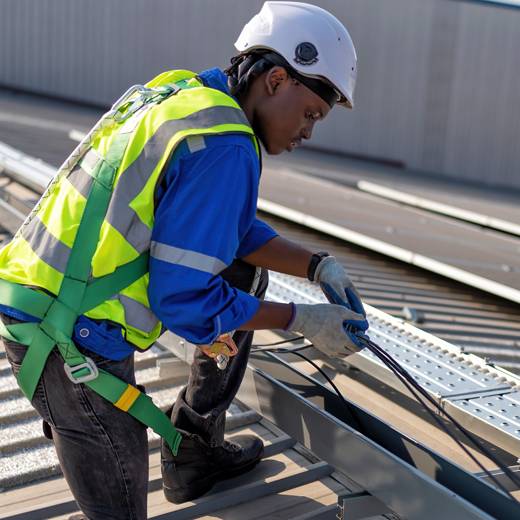Request a Quote for Bulk Orders
Request a Quote
for Bulk Orders


Our high-quality color-coated roofing sheets are designed to offer durability, aesthetic appeal, and superior protection. Follow these instructions to ensure a safe and efficient installation.

The positioning of grooves in color-coated roofing sheets plays a crucial role in ensuring proper water drainage and structural stability. Here’s how grooves should be positioned and handled during installation: